Key Takeaways
- Cold exposure can support glucose metabolism, but only in moderation. Brief, controlled cold plunges (around 1 to 5 minutes) can activate brown fat, enhance glucose uptake, and improve insulin sensitivity. However, overdoing it may increase stress on the body and lead to glucose spikes or other health risks.
- Summer conditions can amplify the stress of cold plunges. Your body is already working hard to regulate temperature in hot weather. Layering cold therapy on top of heat stress, dehydration, or intense activity may overload your system and lead to blood sugar fluctuations or fatigue.
- Cold plunges aren't a glucose “fix;” they’re a supportive tool. While they can be beneficial for metabolic health, cold plunges should be paired with foundational habits, such as hydration, balanced nutrition, regular movement, and adequate sleep, for optimal results.
- Cold therapy isn't for everyone. People with diabetes, cardiovascular issues, poor circulation, or high stress levels should approach cold exposure cautiously and speak with a healthcare provider before incorporating it into their routine.
{{mid-cta}}
Cold plunges aren’t just a winter wellness trend. More and more people are stepping into icy tubs in pursuit of better recovery, increased mental clarity, and improved metabolic health, even during the summer.
Cold therapy can impact how your body utilizes glucose, whether it's a cold shower, a quick plunge, or a full-on ice bath. It may even help improve insulin sensitivity. But layering cold water exposure on top of hot weather and other stressors may do more harm than good.
In this article, you’ll learn about the benefits of cold plunges for glucose metabolism, how your body responds in warmer months, and what to keep in mind if you’re using cold exposure to support your metabolic health this summer.
How Cold Exposure Affects Glucose Metabolism

When you expose your body to cold conditions, it triggers a series of metabolic changes designed to maintain your core temperature. One of the key players in this process is brown adipose tissue (BAT), or brown fat. Unlike white fat, which stores energy, brown fat burns it. To generate heat, brown fat pulls glucose from the bloodstream and burns it for fuel, a process known as non-shivering thermogenesis.1
This increased glucose uptake can temporarily lower blood sugar levels, especially when brief and controlled cold water exposure is involved. Some studies suggest that regular cold exposure may improve insulin sensitivity, allowing your cells to respond more effectively to insulin and use glucose more efficiently.2
Ultimately, the cold activates a built-in survival mechanism that uses glucose to warm you up. Over time, this may support better glucose regulation—particularly when paired with other healthy habits, such as regular physical activity and eating balanced, nutritious meals.
The Stress Response: Cold Exposure vs. Heat Stress
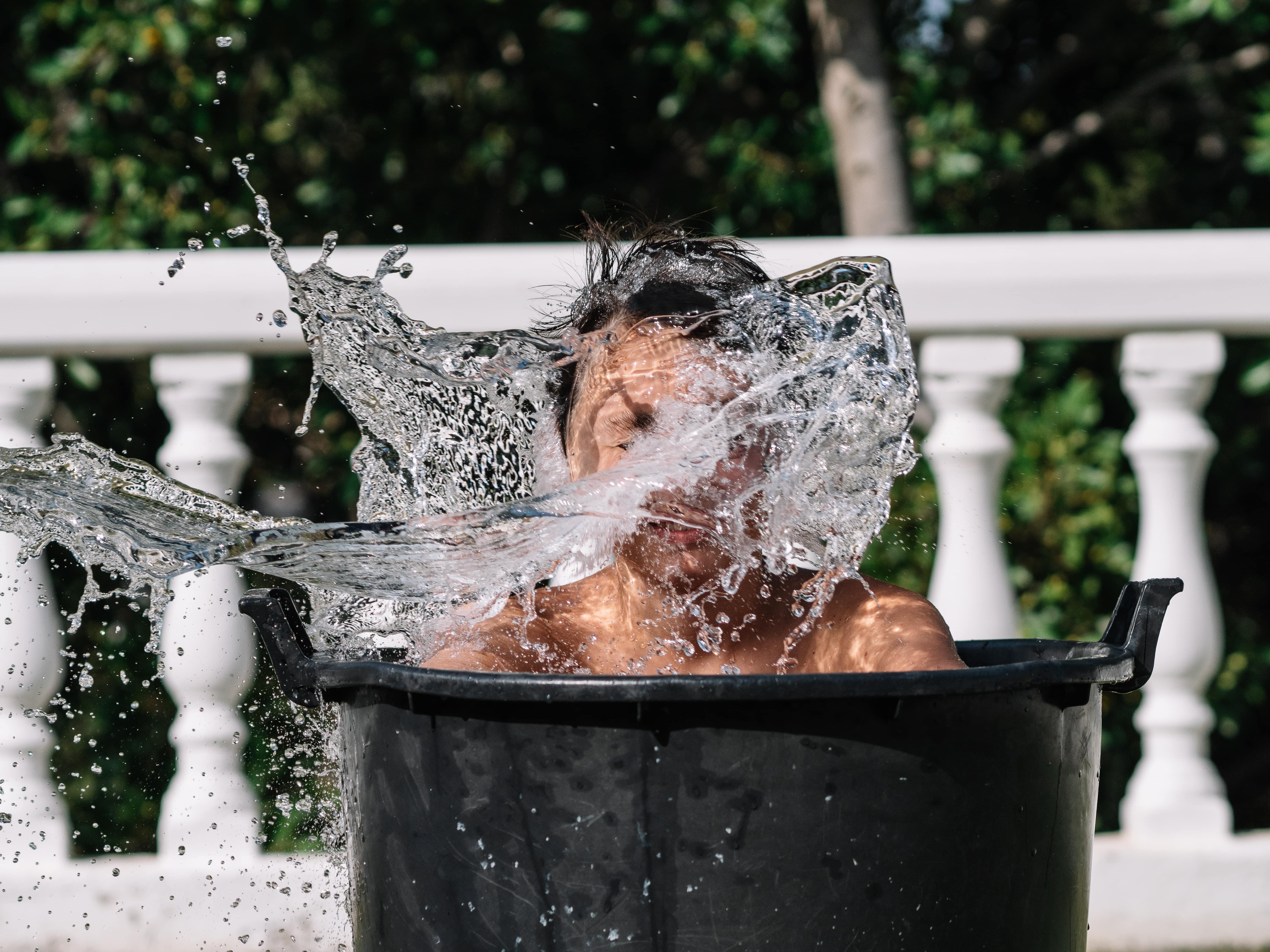
Both cold and heat exposure act as forms of hormetic stress, mild, short-term stressors that can strengthen the body’s resilience over time. But when your body is already working to regulate internal temperature in hot weather, adding an ice bath or cold plunge can amplify that stress response in ways worth paying attention to.
When you immerse yourself in cold water, your sympathetic nervous system kicks in. This triggers a spike in adrenaline, norepinephrine, and cortisol, the same stress hormones that help mobilize glucose for quick energy.3 In small, controlled doses, this response can be beneficial. It may temporarily increase glucose levels, but it can also support your body's overall metabolic adaptability, its ability to adjust to different energy demands.
One thing to consider during the summer months is that your body may already be under heat stress from high temperatures, intense workouts, or dehydration. Adding cold exposure on top of that can push your system into overdrive. For some, this may result in more dramatic blood sugar fluctuations, increased fatigue, or prolonged recovery times.
The key? Be intentional with cold exposure. Give your body time to recover, and don't do it when you're already feeling rundown.
Timing and Temperature: What Matters for Glucose
Spending just a few minutes (usually between one and five minutes) in cold water at around 50° Fahrenheit (10° Celsius) is often enough to trigger beneficial physiological responses without placing too much stress on the body. This type of short exposure can activate brown fat, help your body pull more glucose from the bloodstream, and support better insulin function, all without significant fluctuations in blood sugar.
But staying in too long or choosing water that’s too cold can push your body beyond its limit and may increase the risk of harm. Prolonged immersion or icy temperatures may lead to heart muscle damage or hypothermia.3 If you're considering using cold plunges to support metabolic health, experts recommend gradually building up your tolerance.4 Aim for short sessions to start and pay attention to how your body (and your glucose) responds afterward.
Practical Tips for Using Cold Therapy in Summer

Using cold plunges or ice baths during the summer can be a powerful tool, but the key is to approach it with intention, especially when your body is already dealing with heat and hydration demands. Here’s how to make cold exposure work for you, not against you:
- Hydrate before and after. Summer heat increases fluid loss through sweat, and cold exposure can further shift fluid balance.3 Drink water with electrolytes before and after your plunge to support circulation, energy, and stable glucose levels.
- Avoid plunging right after alcohol or a carb-heavy meal. Alcohol and high-carb meals can spike blood sugar. Adding a cold plunge too soon afterward may cause sharp glucose swings or put extra stress on your system. Allow your body time to digest and adjust before immersing yourself in cold water.
- Use cold therapy as a recovery tool, not a quick fix. While cold plunges may help with glucose control, they’re not a substitute for a balanced diet, regular physical activity, and quality sleep. Think of them as one piece of your metabolic toolkit, not the whole solution.
- Pay attention to how you feel afterward. Everyone reacts differently. If you notice feeling lightheaded, jittery, overly fatigued, or see unusual glucose fluctuations in your CGM data, that could be a sign to scale back on timing or frequency.
Pairing cold exposure with supportive habits, such as hydration, nourishment, and rest, can offer benefits for glucose management without overloading your system, while also mitigating the stress caused by summer heat.
Who Should Approach Cold Plunges with Caution
Cold plunges may offer health benefits, but they’re not right for everyone, especially when it comes to blood sugar and cardiovascular health. Because cold exposure triggers a strong stress response, it can lead to rapid changes in heart rate, blood pressure, and glucose levels, which may pose risks to certain individuals.
You should proceed with caution or talk to your healthcare provider first if any of the following apply:
- You live with diabetes or have insulin resistance. While cold therapy may help improve insulin sensitivity in the long term, the acute stress response can raise blood sugar temporarily, especially if your glucose regulation is already impaired. It's a good idea to discuss cold exposure with a healthcare provider before you start.
- You have a history of heart conditions. Cold water immersion causes vasoconstriction (narrowing of blood vessels) and can increase blood pressure and heart rate. This may be risky for those with high blood pressure, cardiovascular disease, or arrhythmias.
- You’re older or have circulation issues. As we age, our ability to regulate temperature and respond to environmental stressors can decline. Those with poor circulation or conditions such as Raynaud’s may be more susceptible to cold-related side effects.
- You’re already under physical or emotional stress. Cold plunges add another layer of stress to the body. If you’re feeling rundown, dehydrated, or mentally overwhelmed, it may be better to rest or use a gentler recovery strategy.
The Bottom Line
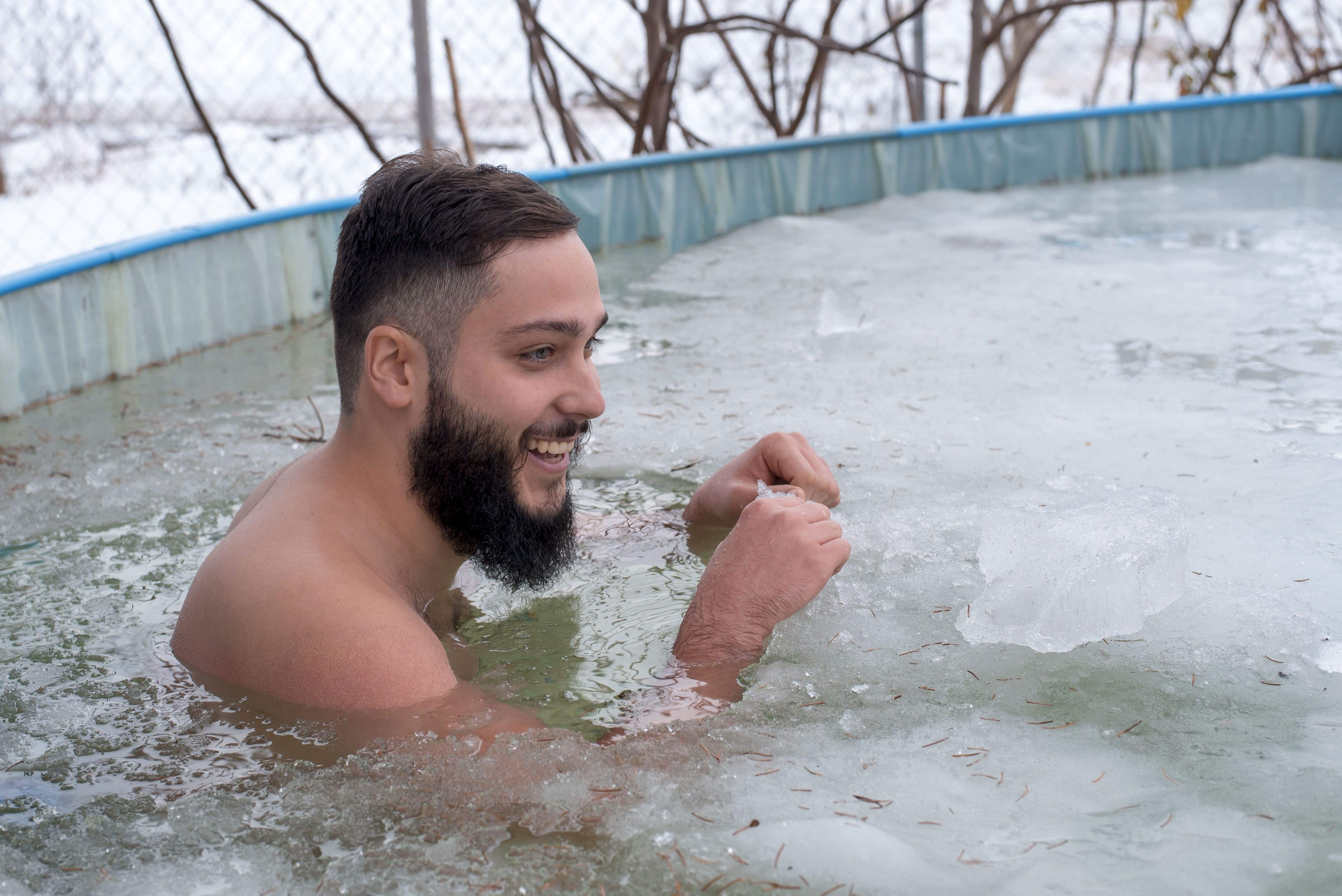
Research on the potential benefits of cold exposure therapy is mixed. Still, some studies suggest that it may offer advantages for metabolic health, including improved glucose management and enhanced insulin sensitivity. But like any wellness tool, the context matters.
In the summer, your body is already working hard to manage heat, hydration, and stress. Adding cold exposure into the mix can be beneficial, but only if it’s timed well, kept brief, and accompanied by proper recovery habits.
Used thoughtfully, cold therapy can be a great way to support your glucose goals, just don’t expect it to do all the work. Pair it with balanced nutrition, movement, sleep, and hydration to get the most out of each plunge.
Learn More With Signos’ Expert Advice
Understanding your body’s glucose response can help you make intentional choices that improve your health. With Signos, you can monitor your glucose levels and receive personalized insights to support informed decisions that improve your health. Want to dive deeper? Learn more about why glucose is so important.
Topics discussed in this article:
References
- Huo C, Song Z, Yin J, et al. Effect of Acute Cold Exposure on Energy Metabolism and Activity of Brown Adipose Tissue in Humans: A Systematic Review and Meta-Analysis. Front Physiol. 2022;13:917084. Published 2022 Jun 28. doi:10.3389/fphys.2022.917084
- Ivanova YM, Blondin DP. Examining the benefits of cold exposure as a therapeutic strategy for obesity and type 2 diabetes. J Appl Physiol (1985). 2021;130(5):1448-1459. doi:10.1152/japplphysiol.00934.2020
- Esperland D, de Weerd L, Mercer JB. Health effects of voluntary exposure to cold water - a continuing subject of debate. Int J Circumpolar Health. 2022;81(1):2111789. doi:10.1080/22423982.2022.2111789
- Williamson L. You're not a polar bear: The plunge into cold water comes with risks. American Heart Association News. December 9, 2022. Accessed July 20, 2025. https://www.heart.org/en/news/2022/12/09/youre-not-a-polar-bear-the-plunge-into-cold-water-comes-with-risks


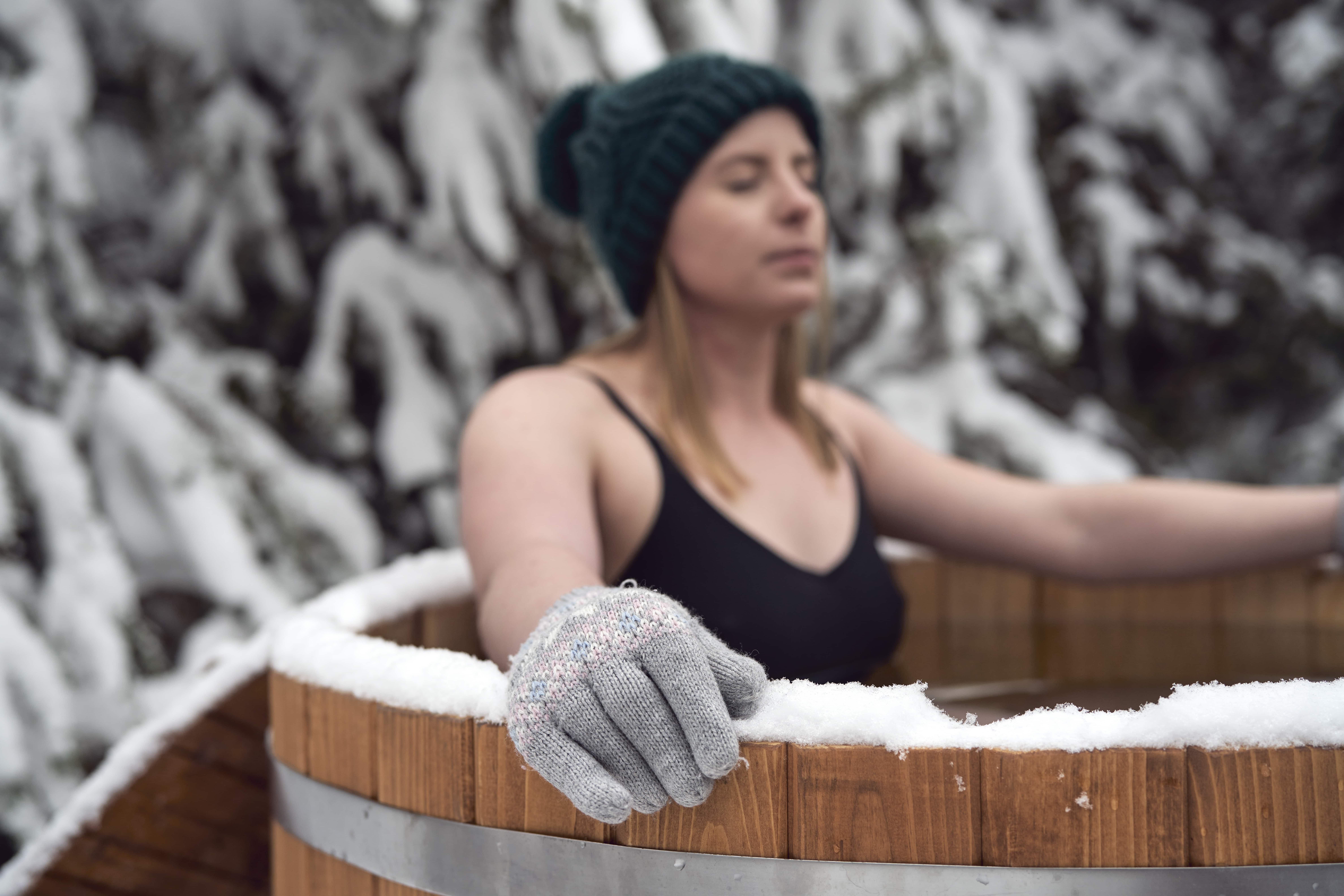

.svg)




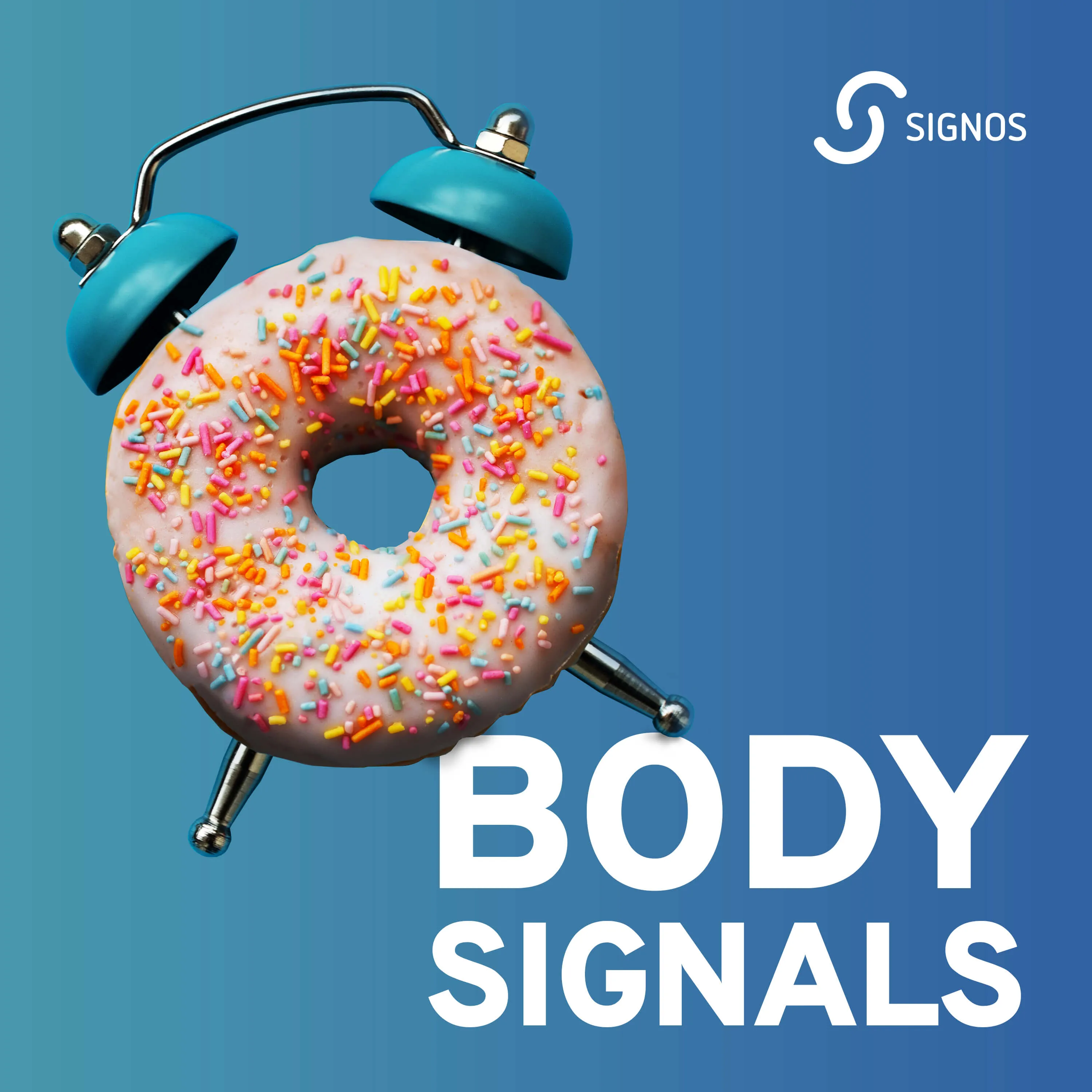


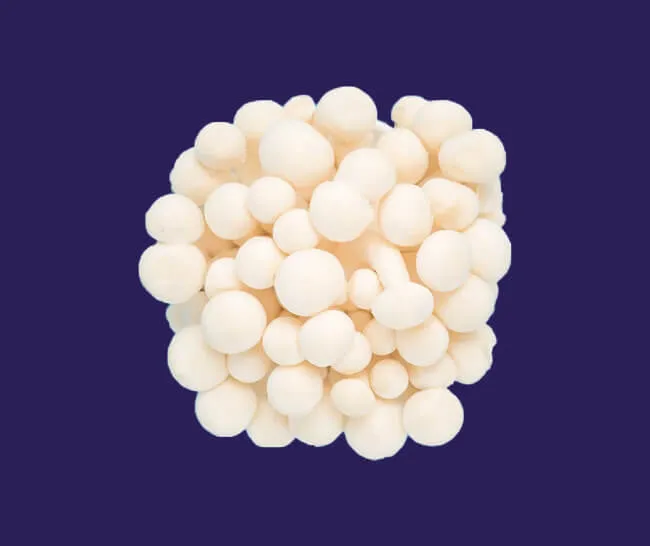


.svg)
.svg)
.svg)
.svg)
.svg)
.svg)
.svg)
